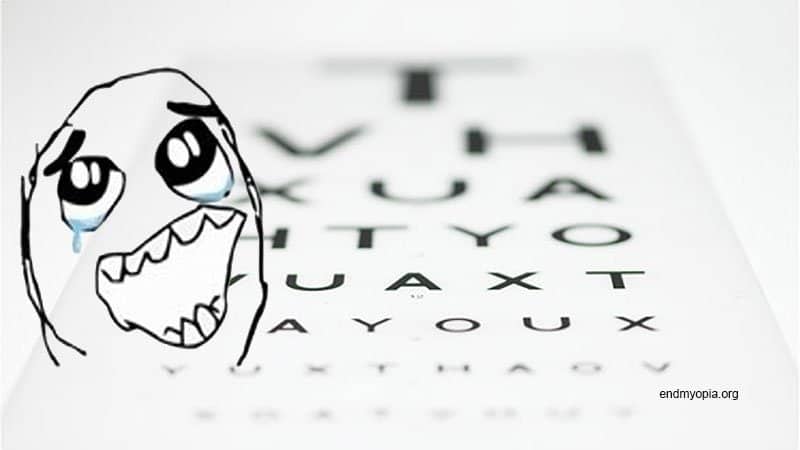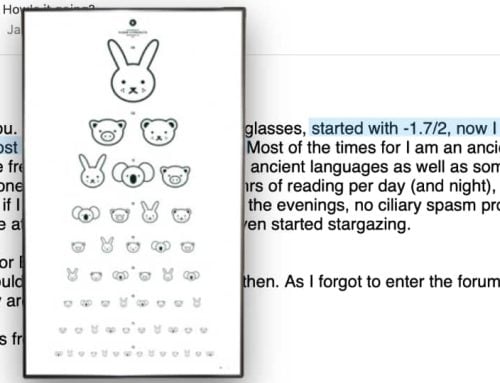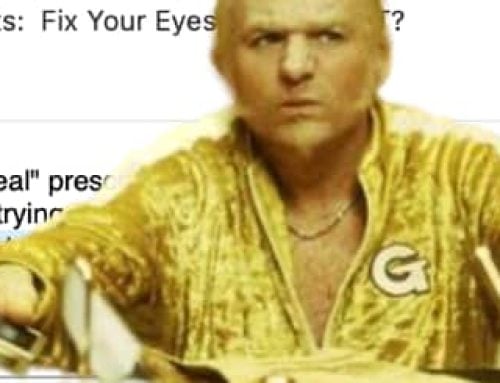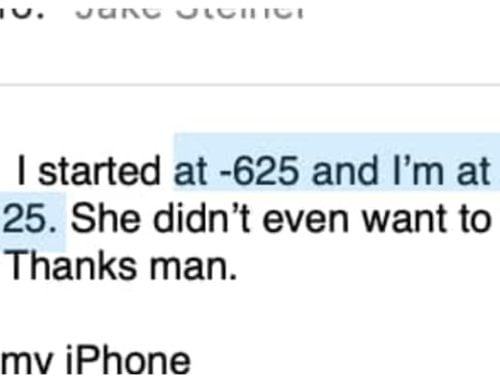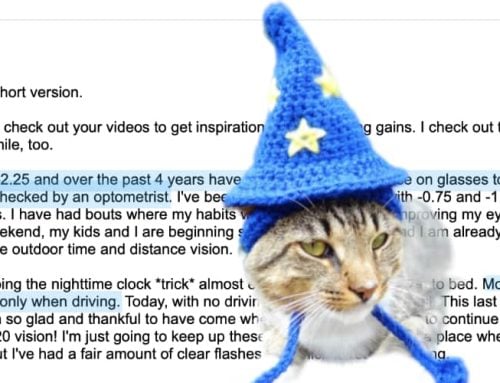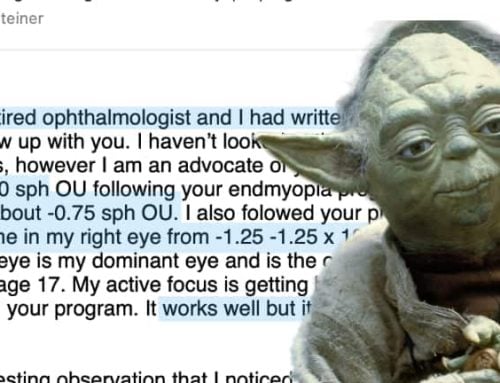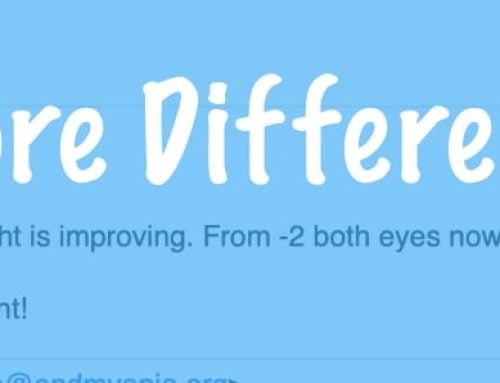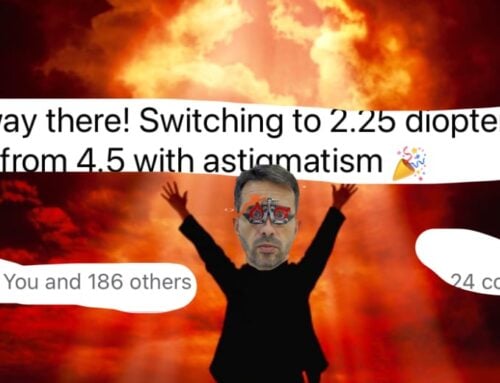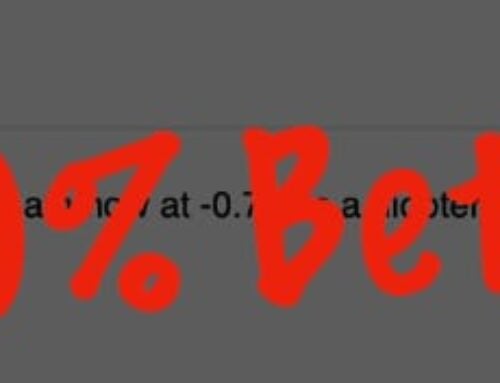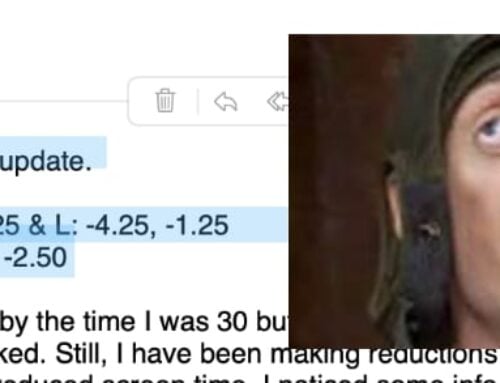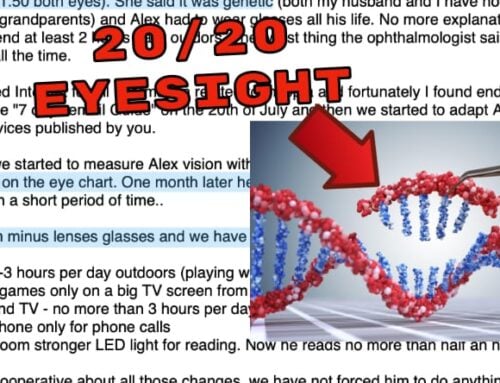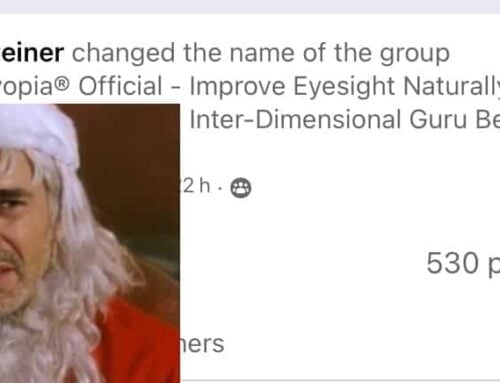Long e-mail this morning, from a BackTo20/20 student.
The question, low myopia. I’m not reproducing the e-mail here because it’s rather quite long, and also since the student opted not to post it in the forum. Respecting the privacy.
Here’s the long and short of it, though. Low myopia. Less than -1.75 diopters.
It’s that twilight zone that’s the most vexing, in all of vision improvement. I talk about this very topic every so often, since it bears repeating:
Low myopia is the most challenging part of your eyesight to improve.
Why?
Because it feels like it takes forever, and you are likely to second guess yourself quite a bit. I know I did. Thousands of my past students did. It’s almost inevitable.
Here’s what to consider:
Improving from -1.25 to -0.75 for example, is a 40% improvement.You know what though? It’s *really* difficult to tell the difference between -1.25 and -0.75. In daily life both look almost the same. Change the light a bit, change how you slept or stress you had, and it’s almost impossible to quantify. And yet … that’s a 40% improvement.On the other hand, improving from a -5.00 to a -4.00 is just a 20% improvement. But it’s super easy to make that distinction!
If you started with higher myopia, you’re sort of in luck.
The confidence, practice, and habits you gained from getting back to low myopia will help you cover that last diopter of recovery.
And if you’re starting with low myopia, well … you don’t have to spend the years that others do to get to the low myopia part. But you do have to contend with the fact that improvements appear smaller, take longer, and require more vigilance. Life’s always a compromise!
A few tips for the low myopia students:
The important thing is to measure *all* changes. Close-up seems the same? Well, it’s a lot of centimeters when your myopia is very low. Use the eye chart. Use just going outside, picking a stationary sign, and comparing your results reading it, month after month. It’s what I used to do. How fast can I get the sign into focus? If you need the reassurance from a log, then that’s the best kind. Do it a few days every month, note down your average experience.And beyond that, a lot of it now boils down to exactly that feel. Distance pulling focus is far more beneficial than close-up pushing focus. You can feel that, your eyes don’t lie. Any close-up activities primarily just reduces strain. Distance activities improve eyesight.

